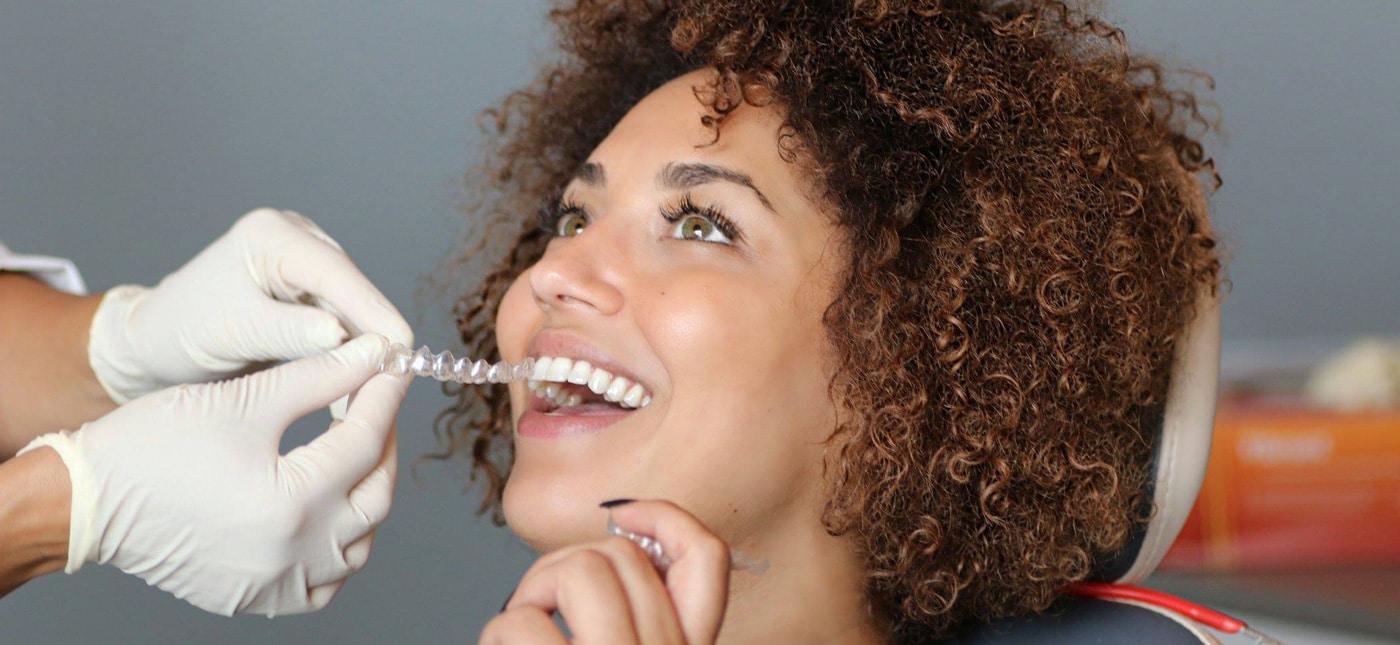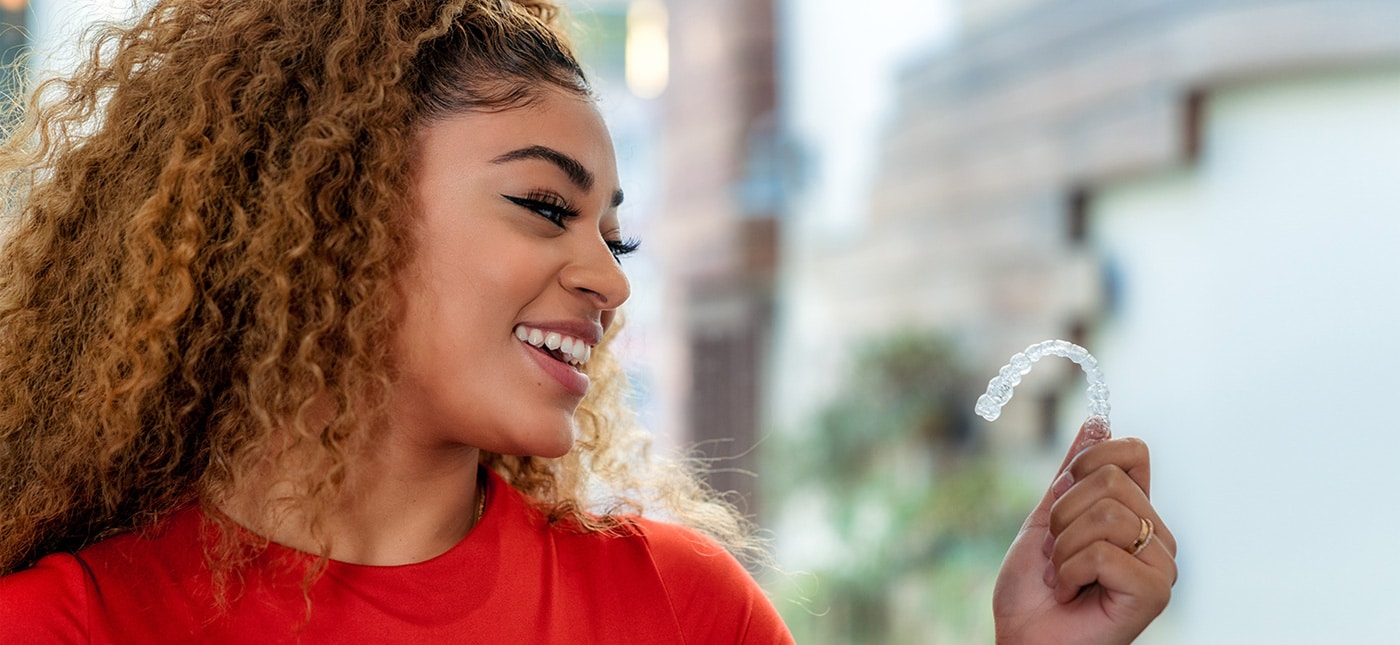All About Braces Care
Starting orthodontic treatment is exciting, but it also comes with new routines and adjustments. Knowing what to expect and how to care for your braces will help your treatment go smoothly and keep your smile healthy throughout the process. Below are some key tips for living with braces.
Brushing and Flossing with Braces
Oral hygiene is more important than ever when you have braces. Because brackets and wires can trap food, brushing and flossing take a little extra time and care. Keeping your teeth and gums clean will help prevent cavities, gum disease, and stains during treatment.
Brush after every meal and before bed using a soft toothbrush or an electric toothbrush.
Floss at least once a day. Floss threaders or special orthodontic flossers make the process easier.
Rinse with water or a fluoride mouthwash to keep your mouth fresh and reduce plaque.
Patients with a history of gum disease may also benefit from seeing a periodontist while in treatment. Maintaining a healthy foundation is essential for the best long-term results.
Eating with Braces
One of the most common questions patients ask is, “What can I eat with braces?”
During the first few days after getting braces or after adjustments, stick to soft foods like mashed potatoes, yogurt, soups, and smoothies.
As your mouth adjusts, you’ll return to a more varied diet, but it’s still important to avoid foods that can damage your braces.
Foods to Avoid
Chewy foods: bagels, hard rolls, licorice
Crunchy foods: popcorn, ice, hard chips
Sticky foods: caramel, taffy, gum
Hard foods: nuts, hard candy
Foods you bite into: corn on the cob, apples, carrots (cut these into small pieces instead)
Chewing on non-food items like pens, pencils, or fingernails can also bend or break braces, which can delay your treatment.
General Soreness
It is normal to feel some soreness when braces are first placed. Your teeth may be tender for three to five days, and your lips, cheeks, and tongue may need a week or two to adjust.
Over-the-counter pain relievers such as Tylenol can help.
Orthodontic wax (provided by our office) can be applied to brackets or wires that irritate the inside of your mouth.
These temporary discomforts mean your teeth are responding to treatment and beginning to move into their new positions.
Loosening of Teeth
Teeth may feel slightly loose during treatment. This is not a cause for concern; it simply means your braces are working. Once your teeth shift into their correct positions, they will become stable again.
Loose Wires or Bands
Sometimes a wire or band may come loose. If this happens:
Try to gently push the wire back into place with a blunt object, like the eraser end of a pencil.
Apply orthodontic wax or a small piece of wet cotton to cover the area if it causes irritation.
Call our office to schedule an appointment so we can fix the issue properly.
Rubber Band Wear
Rubber bands, or elastics, are often an important part of treatment. For them to work effectively, they must be worn exactly as prescribed. Consistency is key; skipping days or wearing them incorrectly can extend your treatment time. Following instructions ensures your teeth and jaws move into the right position as quickly as possible.
Playing Sports with Braces
If you play sports, protecting your smile is essential. We recommend wearing a custom orthodontic mouthguard during practices and games. Mouthguards cushion your teeth and braces, reducing the risk of injury. Be sure to let our office know what sports you play so we can provide the right protection.


